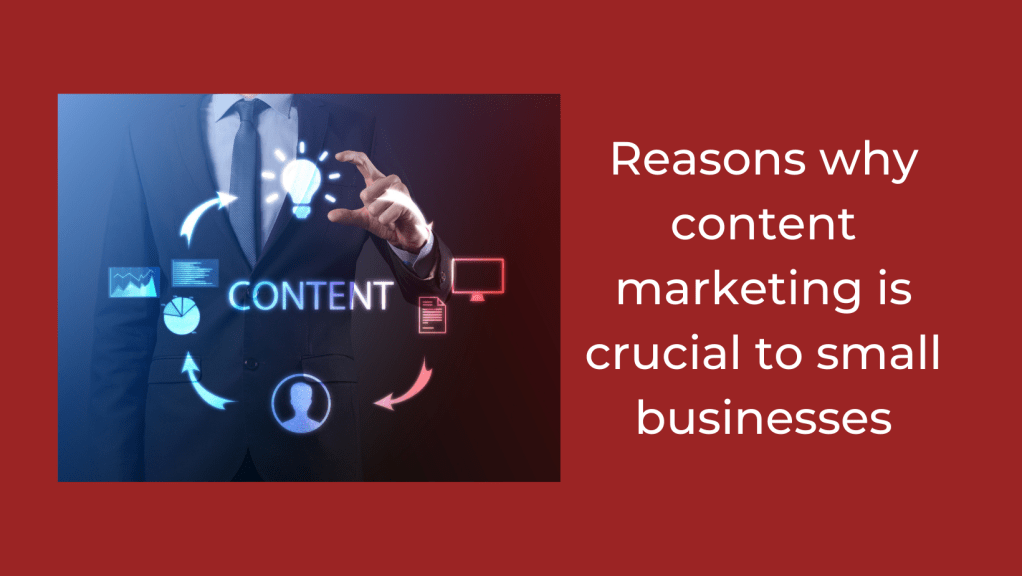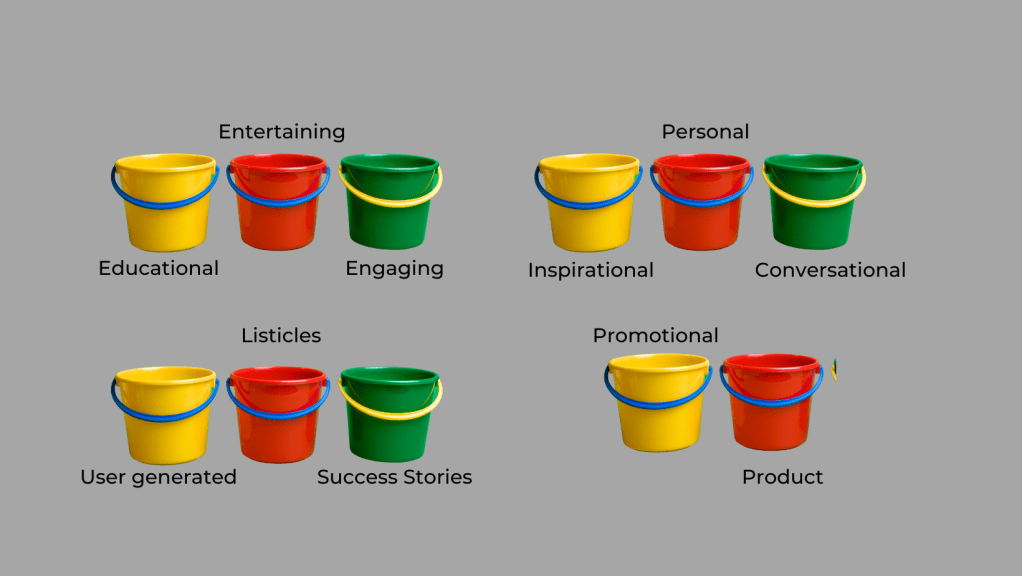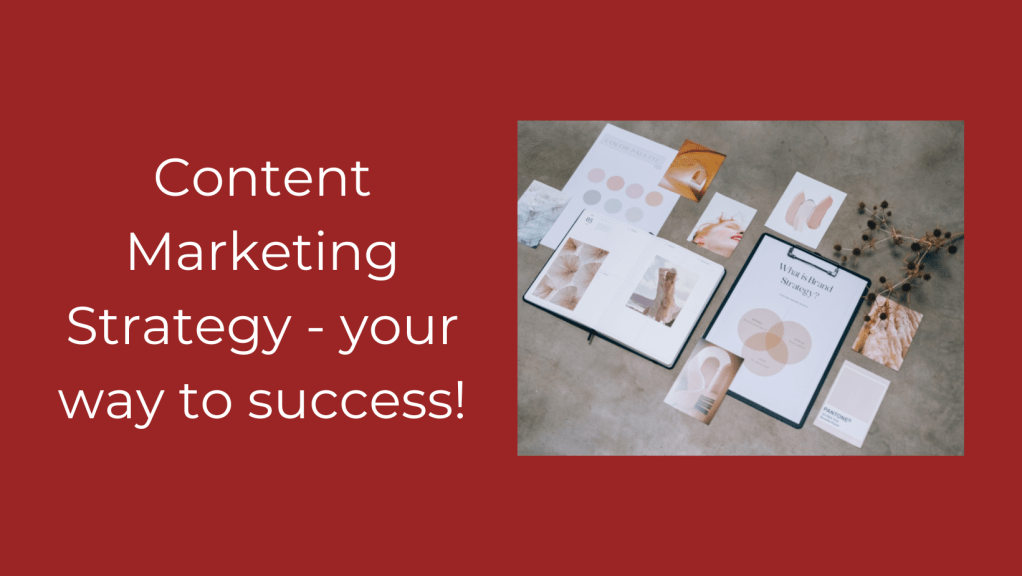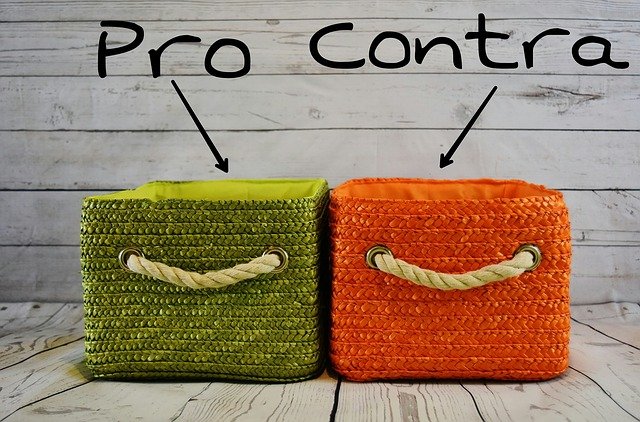Content marketing and its value really can’t be stressed enough – especially in this digital age where, according to zippia.com, 62%, (that’s 4.9 billion) of the global population use the internet. It is an immensely powerful marketing strategy that can help your small business become highly visible to your target audience.
By producing quality content regularly, you build trust, authority, and credibility with your audience, which helps you stand out from your competition.
The Content Marketing Institute defines content marketing as…
“…a marketing technique of creating and distributing valuable, relevant, and consistent content to attract and acquire a clearly defined audience – with the objective of driving profitable customer action.”
One of the key words here is ‘valuable’ – content that will speak to your potential customers, information that they want and need; information that solves a problem or pain point.
Ways content marketing can help
Content writing is more than just publishing posts on social media. There are many different types of content marketing and these include:
- Blogs
- Video
- Social Media content
- Email newsletters
- Infographics
- Case Studies
- Checklists
- E-books
- Memes
- User-generated content
- Podcasts
- Customer testimonials
- Webinars
- Success stories
- Interactive content
What does all this content do for your business?
With 62% of the global population using the internet, you have a huge market for your products or services, especially if you trade worldwide. So, let’s look at some reasons for taking time to create all this content.
Get your business found on search engines
With all those people online, there will be potential customers out there looking for exactly what you have to offer. If you are not online, you won’t be found. You can put your business online in many ways. You can set up an online shop, through Etsy or Shopify, or one of the other online shopping host channels, but these can be expensive, especially with the fee increases we’ve seen recently.
Having your own website is a great step to take, as it is yours. You do have to pay an annual fee, but this can be done fairly cheaply, and worth it as your website can not only host your shop, but it can also tell your audience a bit about you, and you can add a blog and advertise your email newsletter all in one place.
The other thing I would definitely advocate is setting up a Google Business Profile, (which used to be called Google my business), which is fabulous for being found locally. Again, this includes a profile, you can post and share blog posts, as well as adding photos and videos.
More traffic to your website
Linking in with being found on search engines is that content marketing helps push more traffic to your website. If you blog about a problem that you solve or write an article on your website about what your business can do for your customers, when they do a search online, your article or website will appear. Once they’re on your website, it is likely they will have a look around, visit your shop and look at your details…and if they like what they see, they are likely to return in the future.
It’s important to have a CTA (call to action) on every page of your website, which tells your visitors what to do next. You can use these buttons to tell your audience to ‘buy now,’ or ‘sign up for my email newsletter,’ or point them to your courses, training or coaching and to your customer testimonials – in fact, anything that keeps them on your site.
More sales
When a potential customer finds a site they like, or feel that a site speaks to them personally, they will return again and again. And if they are returning, they are more likely to convert to customers.
Make sure that your website includes customer testimonials about the benefits that your products or services give. I always like to read about a product before I buy it, and if there are great testimonials, which show me how a product will benefit me, I’m more likely to press that ‘buy now’ button.
Testimonials are also proof, not just that you have good products, but also you have impeccable customer service, which goes a long way to getting that button pressed too.
Establishes you as an expert
Writing valuable content that speaks to your audience, also has the added bonus of setting you up as an expert in your field. If you’re sharing content that serves your customers and gives them valuable tips or information, they’ll want to know more. Setting yourself up as an expert promotes trust with your audience and engages them to want to know more about you and your products or services…and what’s in it for them!
Enhances your brand
This might sound a bit harsh, but generally people are not really interested in your brand or in you, they are more interested in themselves – in their wants and needs. It’s not about being selfish, it’s human nature. When someone first looks at your website, shop, social media business page, they are not interested in your brand, no matter how hard you’ve worked on it. They are interested in what you can do for them, what you have that they might like, or something that makes their life easier. This is hard to hear, but it has an upside.
If you are providing something they’re interested in for whatever reason, or if your social media pages entertain or educate them, they will then become interested in your brand, as they will see it, and therefore you, as something they can relate to.
If you are consistently publishing new, unique content on your blog or website and promoting it to your social media pages – or if you are publishing new, unique content to your social media pages, consistently, more people will get to see your name or business name and will start to relate. If they like what they see, they’re more likely to share your posts, or tell their friends and family about your wonderful products or fabulous services, so your audience will start to grow, which is when your brand really shines through. This all takes time and is not something you can achieve overnight.
Helps you compete with your competitors
I’m not talking about copying or doing the same as your competitors, but there is something to be said to ensuring that you’re using the same (and more) marketing channels as your competitors. When your business and brand is not in a place where your competitor is, you’re potentially losing out on business.
It’s worth doing research on your competitors and finding out more about them, so that your business is in the right places to compete.
Improve customer relationships
Having good relationships with your customers goes without saying, we all know that. But it’s even more important in this digital age, as customers have so much choice when it comes to who they want to do business with. And it’s important to remember that customers are willing to pay more for a better experience.
Content marketing is the best way to show your customers and potential customers that you understand their problems or pain points…and that your products or services solve those problems. If you have a website, you could add a list of FAQs to help explain how your products or services solve those problems, or you can write about it in your blog or email newsletter.
This really helps improve those customer relationships, instill trust, and encourages them to spread the word about your business.
Helps your overall marketing strategy
Content marketing is just one aspect of your marketing strategy, but it is the glue that holds each activity together to help you grow your business. If you can align all your marketing activities with your content, it will help you achieve your goals and keep them coordinated with everything else you do.
For example, you decide to create an e-book alongside a downloadable checklist. You can promote this on social media, or in Facebook ads. You can also send it to your customers in your email newsletter, and you can promote it on your website. You could even write a blog post about it and how it solves a particular problem. So, just this one piece of content will help support your multi-channel marketing strategy.
Content marketing is good value for your business
Finally, if you research and write your content yourself, it is an economical option and costs you nothing but your time. You’ll learn a lot from the research you do, and you’ll find more content you can use as you go.
Not everyone wants to write their own content, and if your business is very busy, it may be worth you outsourcing some of the copywriting work. This is still excellent value for money, as you’ll be asking for expert help from someone who already knows how everything works and will know about your kind of business.
Conclusion
Content marketing is crucial for small businesses. One of the biggest challenges that you face as a small business is reaching your potential customers. To create brand awareness without access to a huge budget for marketing campaigns, content marketing is your answer. Having the right kind of content marketing strategy in place to ensure that you reach your target audience, will help your business stand out from your competitors and build trust, authority, and credibility with your customers.
If you struggle to get to grips with your content marketing strategy, or need help to write your content, contact me for a free 30-minute chat to see how I can help. Have a good week!







































